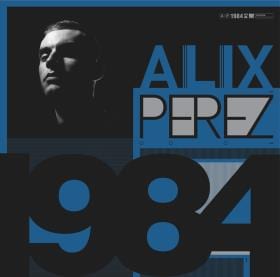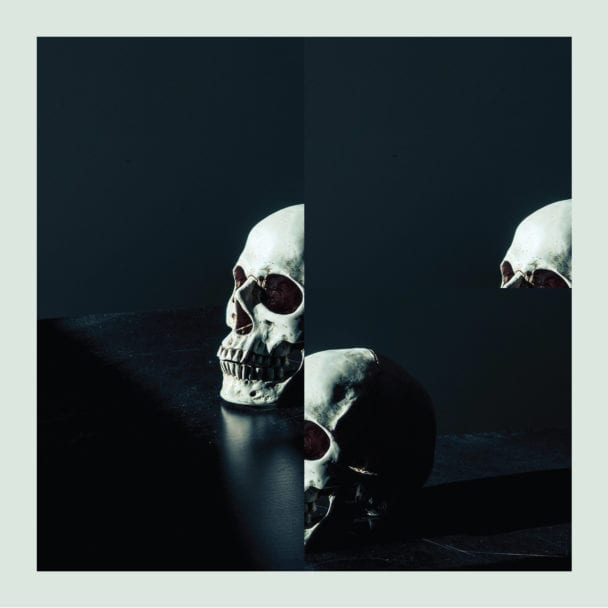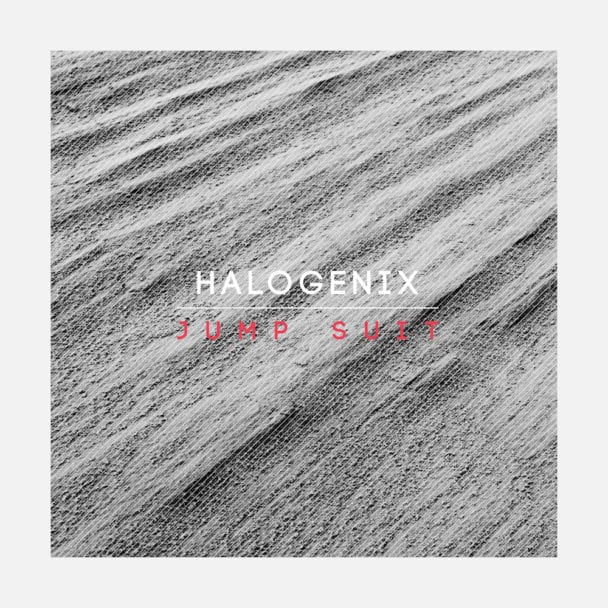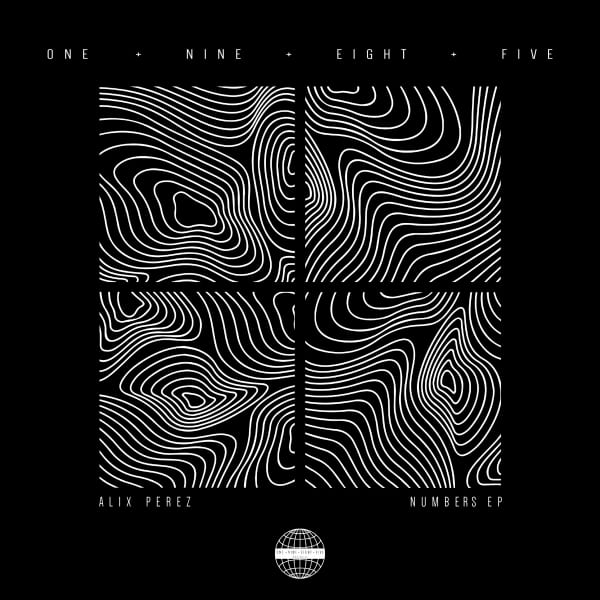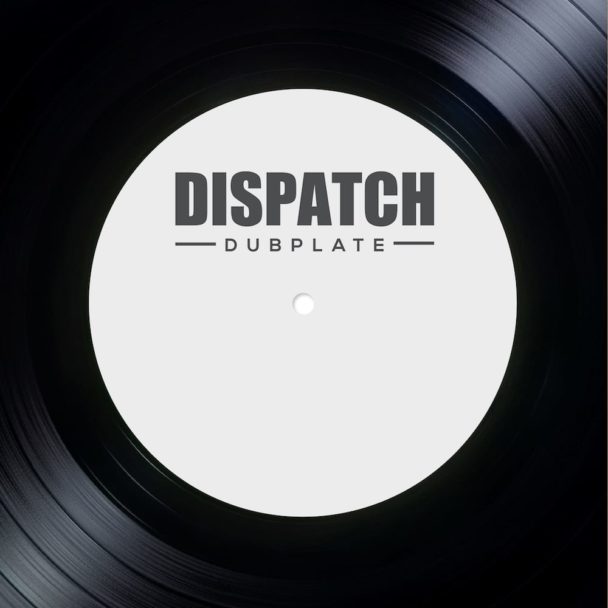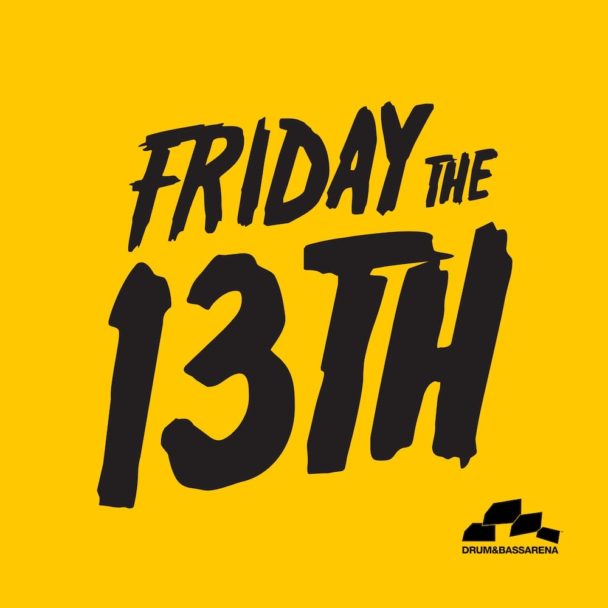Heard the one about the ‘difficult’ second album?
Perhaps music’s most lauded cliché: a talented creative artist invests a lifetime of influence and inspiration into their debut, it enjoys critical and commercial success yet leaves them plundering a dry tank of ideas and themes for their second long player.
Luckily it is just a cliché. For every artist who struggles on their second LP, another one surges forth with a refreshed mindset, fine-tuned from lessons learned on the debut process, focused on delivering something even more tantalising. Alix Perez definitely falls into the latter set, as you’ll find out next week when he unleashes Chroma Chords. A startling, hyper-polished lesson in raw sonic experimentation, an easy way to herald its arrival would be to say it “takes off where Alix left us on 1984”. But that’s another cliché altogether.
For a cliché hat trick we’ll say it’s next level Perez. Sure there’s heaps of consistency between his two works but, more importantly, there’s progress. There’s development, head-scratching rhythm twists and mutated grooves that go way beyond any template originally set by drum & bass.
Daring, exciting and forward-thinking, Chroma Chords doesn’t just reflect Alix’s progression, it reverberates with the most endearing aspects of cutting edge music. How it’s morphed. How it’s grown. How it’s matured in the three and a half years that have passed since Alix penned 1984.
We gave him a call to see where he was at during both creative processes…
THEN: 1984
Rewind to October 2009.
Fresh has finally put Heavyweight out. Skream shows signs of his non-dubstep adventures with the jungle banger Burnin Up. Goldie dusts off his Rufige Cru project. Redlight is just a glint in Clipz’s eyes.
And Alix Perez releases 1984.
A deservedly hyped player following four years of material, his debut album was a big deal surrounded by all manner of anticipation and speculation. Naturally, he delivered: Penned in a small studio in a house he shared with Rockwell, it was deeper and more far-reaching than anything he’d done before. A texture of teased tempos laced with shimmering, star-gazing sonic consistencies, 1984 confirmed Perez’s status as a producer with far more potential than a mere banger merchant. It told a tale and boasted boundary-bounding dynamics that still sparkle nearly four years later. Alix is quick to big up one particular piece of machinery that gave it this edge…
“It’s when I started getting my first analogue gear,” he says. “One particular synth – a semi-analogue one – was the Virus TI. It was a huge investment for me, but what I got from it was priceless. It’s so versatile. It changed the whole album. It changed the way I wrote music. I was sample-based at the time, but from this point on I started making my own sounds and building my own sound palette. Developing that sound palette was very important to the process; it helped me maintain consistency and help me create different shades that make sense throughout the album.”
While the Access Virus TI played a major role in the creation of 1984 – and Alix’s development as an artist on the whole – there were heaps of other factors and influences. We’ll let him explain…
“It was my first album. I didn’t know how to approach it. It was very overwhelming. Even now, I don’t know the best way to approach an album. Start writing tracks until they start forming a body and work from there: That’s been my technique on both albums.
“Goldie’s Timeless was a big influence on me. Any album like that: Not just dancefloor and conventional music but something you have to listen to from start to finish for it to make sense. That’s always been my goal for albums; a narrative, something to be taken in as a whole, as a journey. Shifts of moods, styles and sounds. I want to keep the listener interested.
“Finalising it was the hardest part. I was writing more and more stuff. You write a track that changes the whole order and vibe. You could easily be writing one album forever; constantly changing, adding and subtracting. You have to put your foot down somewhere or you’ll never end it. Ever. When I look back, a personal favourite is Forsaken. It’s just one of those tracks that came together. About four hours! It’s a sample based track and it just worked so well…
httpv://www.youtube.com/watch?v=L9AUN9rUt_M
“Most tracks aren’t so natural or as easy as that. I’m really pleased with The Cut Deepens with the Foreign Beggars. I didn’t know those guys at the time. That started our relationship; we’ve done so much together and they’re on the new album too…
httpv://www.youtube.com/watch?v=syDIOe1aMwA
Two highlights of many. However as a whole body of work, Alix describes 1984 as “a moment in time”. When pushed for moments he’d like to change he’ll tell you “everything”.
“On the perfectionist side of things I have a bit of a problem,” he says. “I’ll never finish a track and think ‘yeah I’ve smashed this! It’s perfect!’ It will never ever happen. That’s the start of your fall if you don’t ever strive to be even better. It defeats the whole object.”
NOW: Chroma Chords
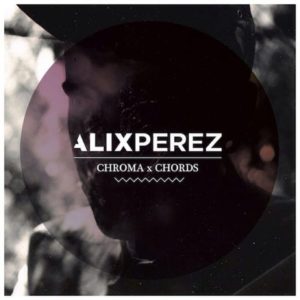 Back to the future… In the time that passed between 1984 and now, the electronic music family tree – most notably its bass brethren – has extended, re-booted and re-rooted with more genre-defying complexities than it did in the previous 10 years before. It’s during this time Alix also enjoyed a hardcore vintage synth addiction.
Back to the future… In the time that passed between 1984 and now, the electronic music family tree – most notably its bass brethren – has extended, re-booted and re-rooted with more genre-defying complexities than it did in the previous 10 years before. It’s during this time Alix also enjoyed a hardcore vintage synth addiction.
“I got the bug and started buying a ridiculous amount of synths,” he smiles. “It was nice to be able to afford them. After 1984 my profile increased and I got more gigs off the back of it. I put a lot of the money back into my studio. Synths are an investment. They don’t depreciate in value. At one point I had an ARP Odyssey and some other incredible vintage synths. I had loads! They’re great for what they are but can be very limiting. I scaled down to what I genuinely need to make my sounds. You can fiddle all day but not get anything done. So I scaled down to the necessities…”
While 1984 was written primarily with the Virus TI, Alix’s bare necessities now include a Roland Juno 106, a Roland JP 8000, a Moog Little Fatty, the still-essential Virus Ti, a Roland SH-101, two outboard compressors, a reverb pedal and a good mic. Interestingly, the album’s final mixdown was done on headphones. Audeze, to be precise…
“Audeze are so high spec,” he explains. “The best high end headphones I’ve ever heard. They were a huge part of the mixing down process which has been really interesting for me. I referenced on my monitors but the final mixdown was done on the headphones. Which I never thought I’d ever do.”
It took a long time to get to the final mixdown, however. Like any album creative process, Chroma Chords was developed through a series of on-going experiments and deep, self-imposed challenges.
“It’s such a long process,” he admits. “You go through phases where you’re not inspired. You start to wonder about your direction. There are so many factors! That’s why it took a good year and a half to get the album where it’s at. It actually took exactly the same time as 1984. It was a very natural writing process. I didn’t envision it being something completely crazy and different, I didn’t want to alienate myself and my listeners. But at the same time I really didn’t want to repeat myself. Some people would be happy for me to do 1984 Part 2 but as an artist I can’t do that. I have to develop. I can rehash old stuff. That’s not what I’m about.
“I really enjoyed deconstructing the tempo template and really having fun with it. You can classify it as drum & bass but it’s not the usual two-step drum pattern. People don’t even know what BPM it is. That’s very cool for me. BPM shouldn’t matter. The whole point is that it’s enjoyable for what it is. I’ve seen some reactions to some of the more out-there tracks. Some people don’t get it. That’s fine. They’re true to their roots and they know what they want to hear. But for me? I’m not writing it for those people. I have to keep myself sane…”
Here’s a taste of just two examples…
httpv://www.youtube.com/watch?v=bDRAZ9L9D3A
httpv://www.youtube.com/watch?v=OpOFexAWlbM
Just like the creative development between the two albums, his inspirations have developed, too. While 1984 was penned to a soundtrack fuelled by the likes of Fela Kuti and classic soul and jazz, the personal soundtrack lurking behind the scenes of Chroma Chords has been a lot more contemporary….
“You’ll probably gauge from the album that I’m loving lot of the electronic fusion stuff,” he states. “Anything on Brainfeeder. Flying Lotus. All that kind of stuff. They’re really playing with the templates of tempo and throwing away all ideas of formula. It’s all really exciting stuff. A few people really grab my attention like Jai Paul and Two Inch Punch. When I hear any of their productions and listen to the way they treat sounds, I’m so inspired. Those type of sounds and production techniques have definitely had an influence on me and how I approached Chroma Chords. I’m as happy with it as I can be…”
Spoken like a true perfectionist.
Chroma Chords is out next week on Shogun Audio.
Watch out for a revealing album walkthrough with Alix coming soon on D&BTV!

